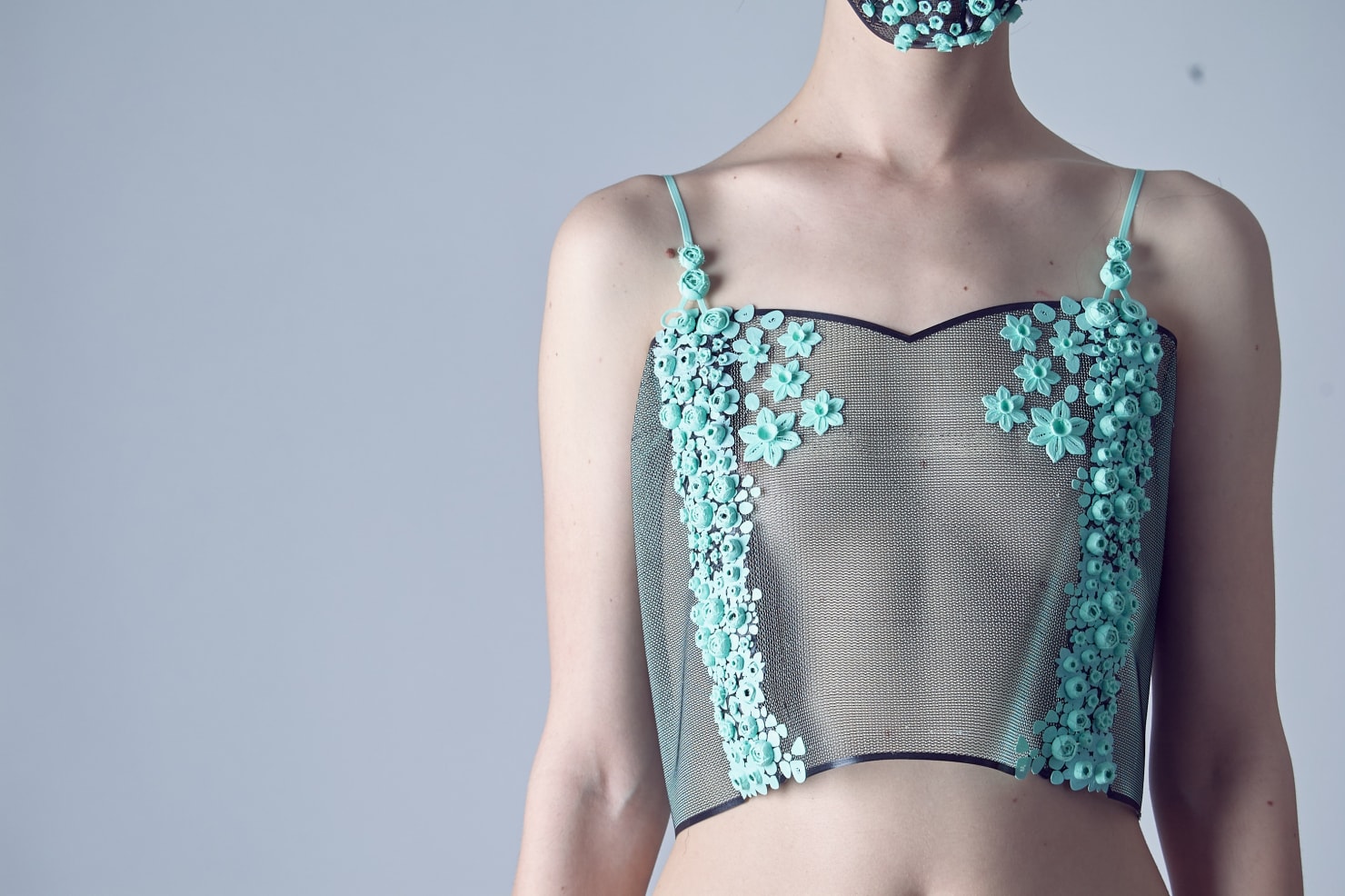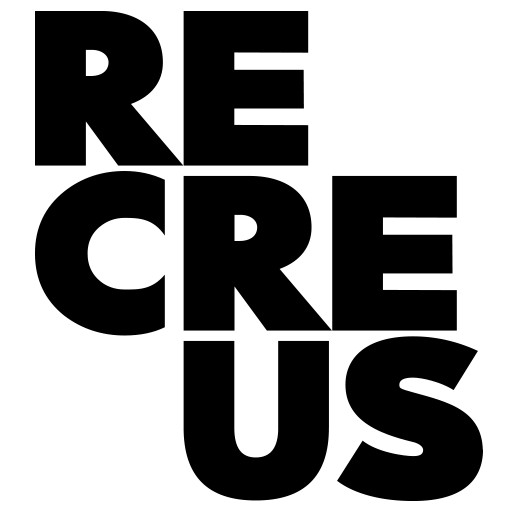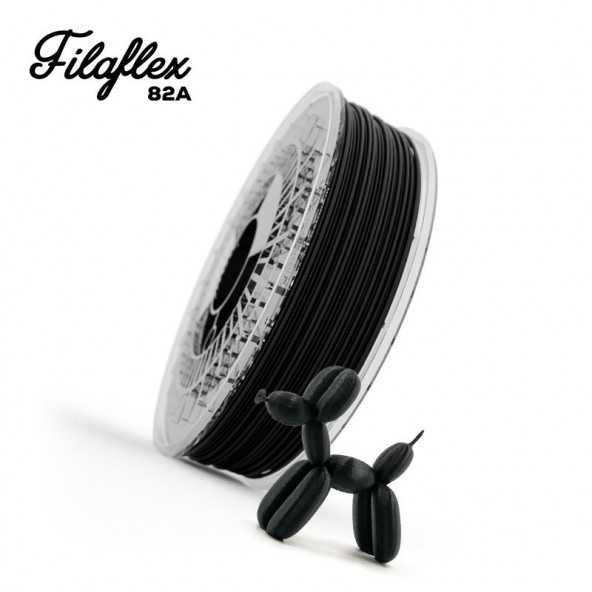A new way of producing and sharing fashion in the era of industrial overproduction and of global pandemic
In the last year as a Multimedia Engineering student, Miranda Márquez received the call of fashion when they asked her to sign in one of the best modeling agencies in Spain. That would lead her to a nomadic lifestyle, living in capitals such as London, Paris, Milan and Los Angeles, and getting in touch with creative souls in that industry that would motivate her taste and passion for fashion.
But this lifestyle would come to a sudden halt due to the Covid-19 pandemic. A break that would force her to return from London to her mother’s house in Barcelona. This issue took her away from work, but in return offered her something that she had lost and missed from her years as a student: time and dedication to exploit her creativity.
In her quest to link research in new media, such as engineering, and the fashion industry turned into her new world, she discovered ‘3D printed fashion’. This was how her particular forced retirement in quarantine became an opportunity to intensely investigate the methods for modeling, 3D sculpting and printing garments that led to her goal, aided by our flexible Filaflex filament: ‘a new way to produce and share fashion‘ in times of Covid.

Can you introduce yourself and tell us how your relationship and interest in the world of 3D printing came about?
Hi, I’m Miranda Márquez, professionally I am a model, but I studied Multimedia Engineering and I am a little antsy, so between fashion shows and photo sessions I have always needed to dedicate to creative projects with which to express myself, such as interactive art installations, generative visuals and audio reactive using code, experimental photography, and so on. Towards October of last year I began to discover 3D printed fashion projects, and I saw that it was a very interesting niche for my profile, since it gathered my interest in researching new ways of creating and fashion, in which I have been happily immersed already 7 years as a model.
What has led you to print textiles and garments through this technology?
I think it is a little explored area, but with a lot of potential and I love looking for new ways to create. So I can say that it was perfect for me. Since I started this project, and especially during my quarantine, I have been researching new ways to create patterns that can be mounted directly after they are removed from the print bed, and I have already had my first positive results!
“Filaflex is the best filament for printing clothes I have tried to date”.
How did you find out about Recreus Filaflex filament?
I needed a filament that was more flexible than the TPU95A which is usually marketed as flexible, because this is not pleasant enough to the touch. When I discovered that there was a Spanish company doing it (Recreus) I was delighted, being able to have what I need and also with a minimal carbon footprint in transport (I live in Barcelona and they are in Alicante) is a plus.
What do you think of Filaflex?
It is the best product for printing clothes I have tried to date.
Do you work with rigid materials or filaments?
Normally not, there are fabrics made of PLA but they scratch the skin and make you sound like a maraca. I don’t usually work too hard with them.






We have seen that you have launched a very inspiring project that we love, The Resilience Project, can you tell us about it?
It is my first downloadable and printable fashion project on a homemade 3D printer. It is an artistic project with an optimistic approach to the current situation of the pandemic, appealing to our ability to flourish and grow after a difficult situation that forces us to rebuild and re-imagine our future. If we want this recovery to be collective, the elements of creation and dissemination also have to be. Therefore, I propose 3D printing as a means of democratic transmission of art and fashion. Presenting two downloadable and printable pieces that anyone can self-produce on their own anywhere in the world with the printing and assembly manual that I provide: a crop top, and of course, a mask, which they can download for free and CC licensed.
What are your next professional challenges with 3D printing?
Try printing longer pieces with more volumes. I am about to receive a brand new infinite ‘Z’ axis ribbon printer that I can´t wait to try.

 it
it  es
es en
en fr
fr de
de